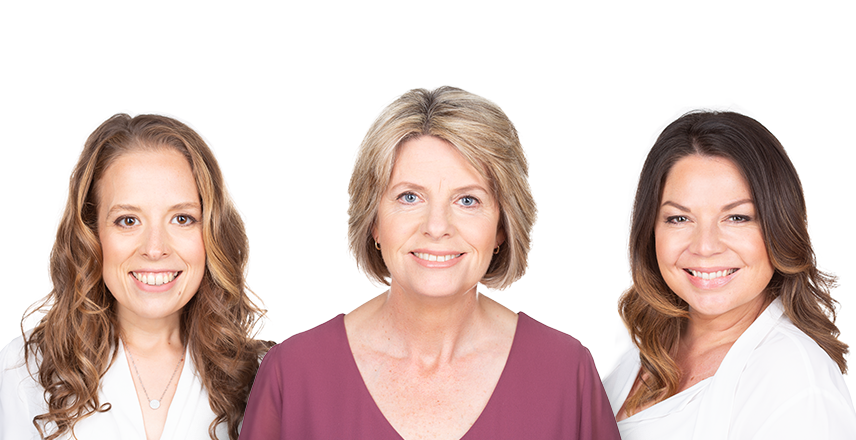Breast Feeding Guide

Exclusive breast feeding is recommended until around 6 months of age when solid foods are introduced.1
It is further recommended that breast feeding be continued until 12 months of age and beyond, for as long as the mother and child desire.1
Exclusive breast feeding to 6 months of age gives the best nutritional start to infants and is recommended by the National Health and Medical Research Council (NHMRC)1, the World Health Organization (WHO)2 and other health authorities.3
Breast feeding is the normal and most appropriate method of feeding infants and is closely related to immediate and long term health outcomes.1
Breast feeding forms a unique biological and emotional basis for the health of both mother and infant and plays an important and central role in protecting the health of the infant and promoting physical, neurological and emotional development in the short and long term.
The majority of Australian women (80-90%) commence breast feeding, however by 6 months 40-50% have introduced other foods or stopped breast feeding.1 There is also evidence that women in higher socioeconomic groups are more likely to breast feed.1
References
¹ NHMRC (2013). Infant Feeding Guidelines: NHRMC. Canberra.² WHO (2002). Infant and young child nutrition: Global Strategy on infant and young child feeding. WHO 55th World Health Assembly.³ Ministry of Health (2012). Food and Nutrition Guidelines for Healthy Children and Young People / Aged (2 – 18 years): A background paper. Wellington, Ministry of Health.
Breast Feeding Guide FAQ
Below you will find some frequently asked questions related to Breast Feeding. You can also download the full FAQ PDF version.
Download PDF
